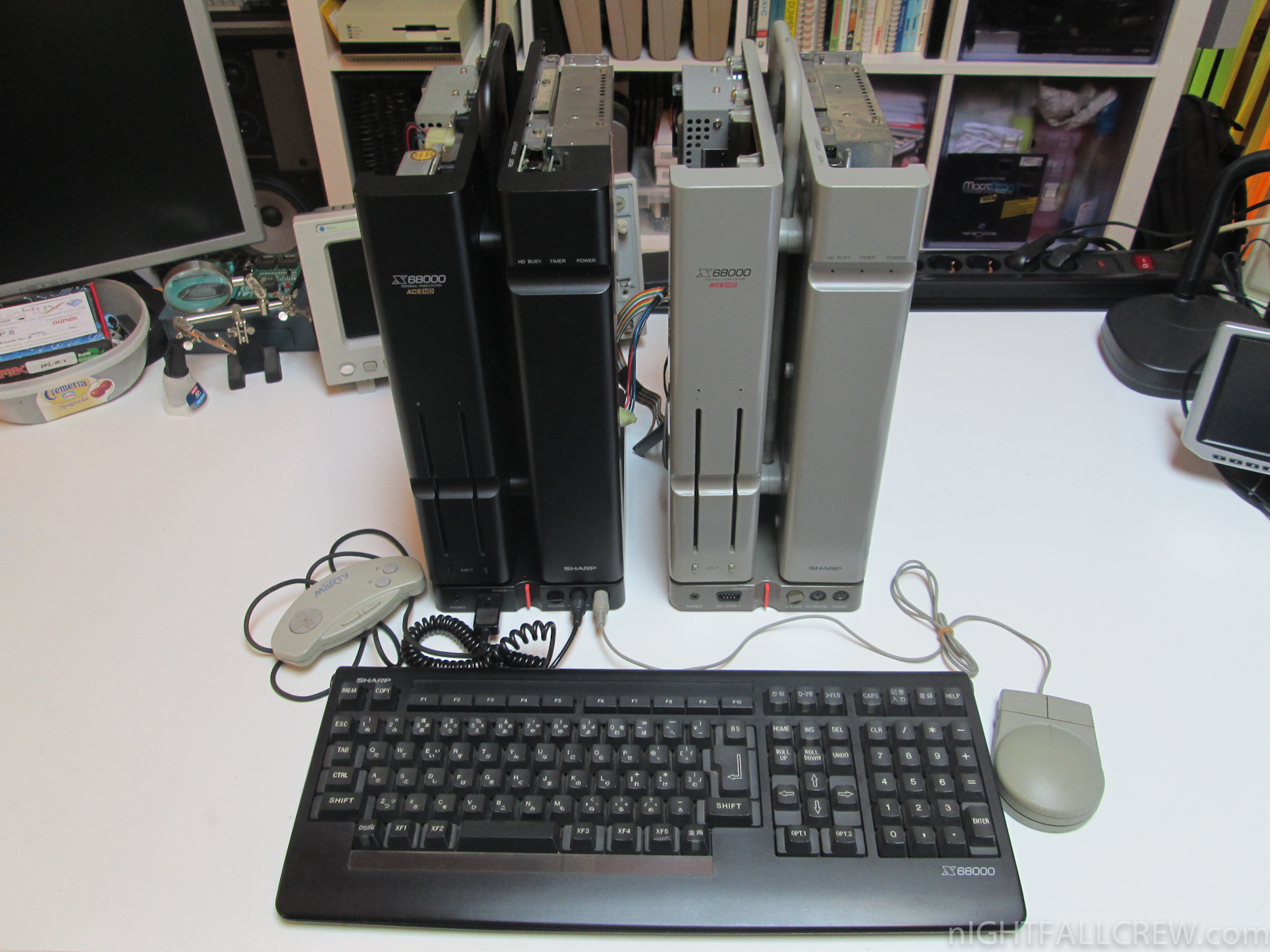

- #Sharp x68000 bios archive
- #Sharp x68000 bios portable
- #Sharp x68000 bios software
- #Sharp x68000 bios code
- #Sharp x68000 bios Pc
I then ran the emulator using verbose logging, right at the very end of the log it stated that the emulator coud not find the Bios, but was showing the following path: - /home/pi/RetroPie/roms/圆8000/keropi. I check the log /dev/shm/runcommand.log and it was saying it could not find the Bios, the files were present so I thought that maybe the Bios was bad. I did this and try to run a few games, I got a black screen the retropie returned to the game select screen. This wiki ( ) states the Bios should be named as outlined in the wiki and be place in the following location: - /home/pi/RetroPie/BIOS/keropi I finally got it working, but had some trouble with the Bios location. I have been messing around the with sharpe X68000 emulator, which I know is in the experimental stage. USB Devices connected: IPAC 2 & Aimtrak gun
#Sharp x68000 bios archive
The lzh extension means it's a compressed archive format popular in Japan in the nineties, but fortunately, it's handled by any zipping tool worth its salt (like 7-zip). Make sure to decompress the games before playing them.
#Sharp x68000 bios Pc
You'll need the MS Gothic font installed on your PC as well. If you're using MAME's core under RetroArch, you'll need to put those X68000 BIOS files under the keropi folder: 圆8000, 圆8000 super, 圆8000 XVI, 圆8030, 圆8k_cz6bs1. If you're using standalone Pro-68k, put those two files under the same directory as the emulator executable. Then inside that folder put cgrom.dat and iplrom.dat from this pack. Playing Games īefore first using the RetroArch core for p圆8k, make sure to go under the directory for BIOS files ("system" by default) and create a new folder called "keropi". It should now have good performance as of Build 09 (March 2018).
#Sharp x68000 bios code
The Pandora version (An open-source handheld PC) by ptitSeb was forked from hissorii's 'p圆8k' branch and encapsulates the latest code from p圆8k-libretro (A spin-off of hissorii's branch). This libretro branch was forked, starting on May 3, 2017, from hissorii's old build (Last updated on August 2014), backported 'c68k' core from kenyahiro's 'p圆8k' branch (fork of hissorii's 'p圆8k' branch using recent c68k yabause core to support X64 build). Games' performance on this emulator (Both PC & mobile variants) is considerably faster than what MAME's X68 core can achieve.
#Sharp x68000 bios portable
p圆8k-libretro It is supported on Windows, GNU/Linux and macOS systems and has portable versions for PSP, Android, and other platforms. p圆8k has a libretro core but lacks options like save states present in other emulators. p圆8k An open-source fork of the c68k emulator. While it can run games, it is clear that this is not what XM6i is focused on. XM6i Built largely around being able to run NetBSD/X68k.
#Sharp x68000 bios software
Small work on it was put in several versions between 0.146u5 (2012) & 0.177 (2016), but working software started being added regularly from 0.178 and onwards. MAME Its X68000 core is still in a very early stage of development in terms of playability and should only be used if the debugging features of Pro-68k are lacking. XM6 TypeG It can run in X68030 mode in high accuracy, good peripheral/expansion support and will run just about any game you throw at it. It has since been succeeded by TypeG in most regards.

Comparisons XM6 Pro-68k Focused on providing necessary debugging features and has decent compatibility.


 0 kommentar(er)
0 kommentar(er)
